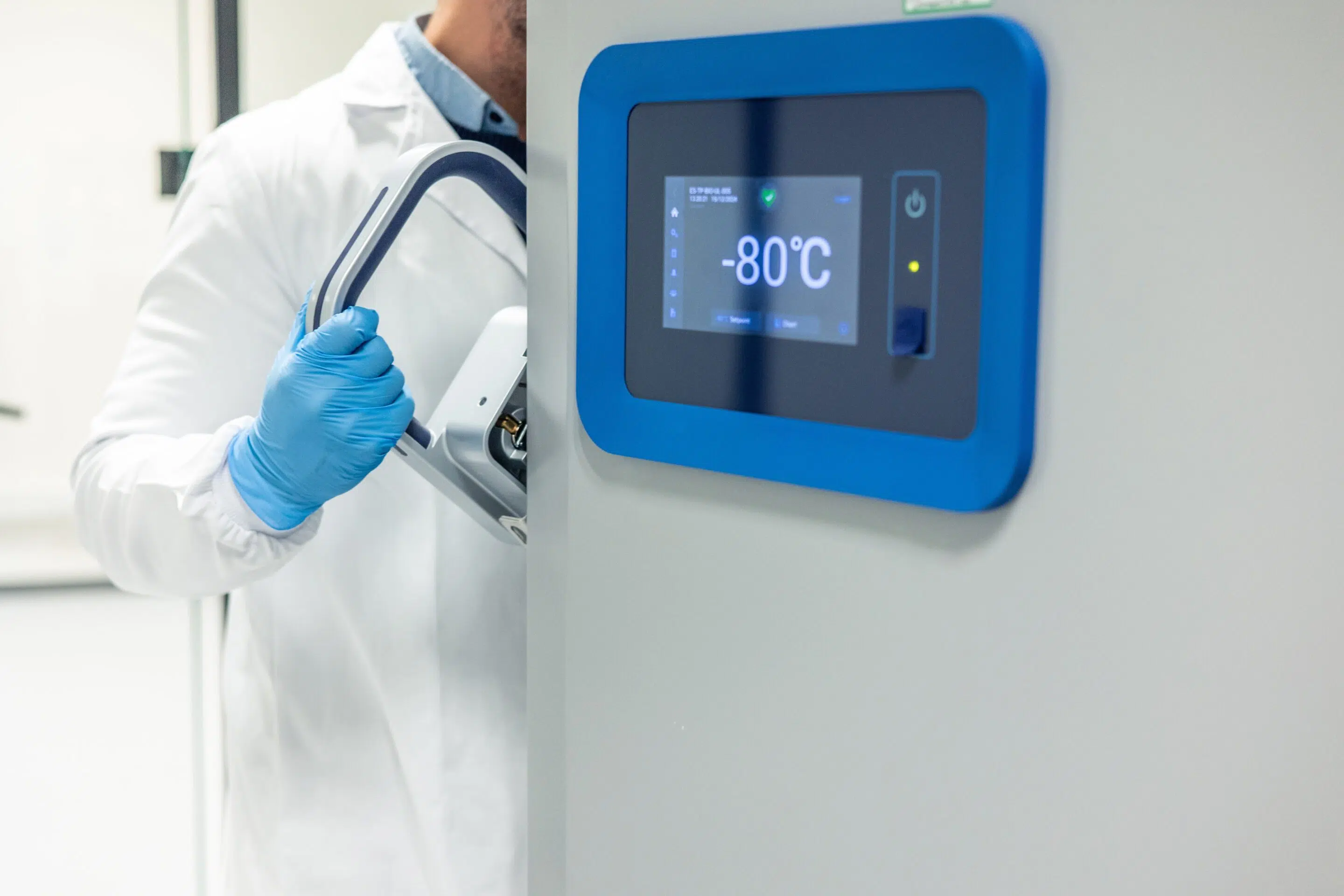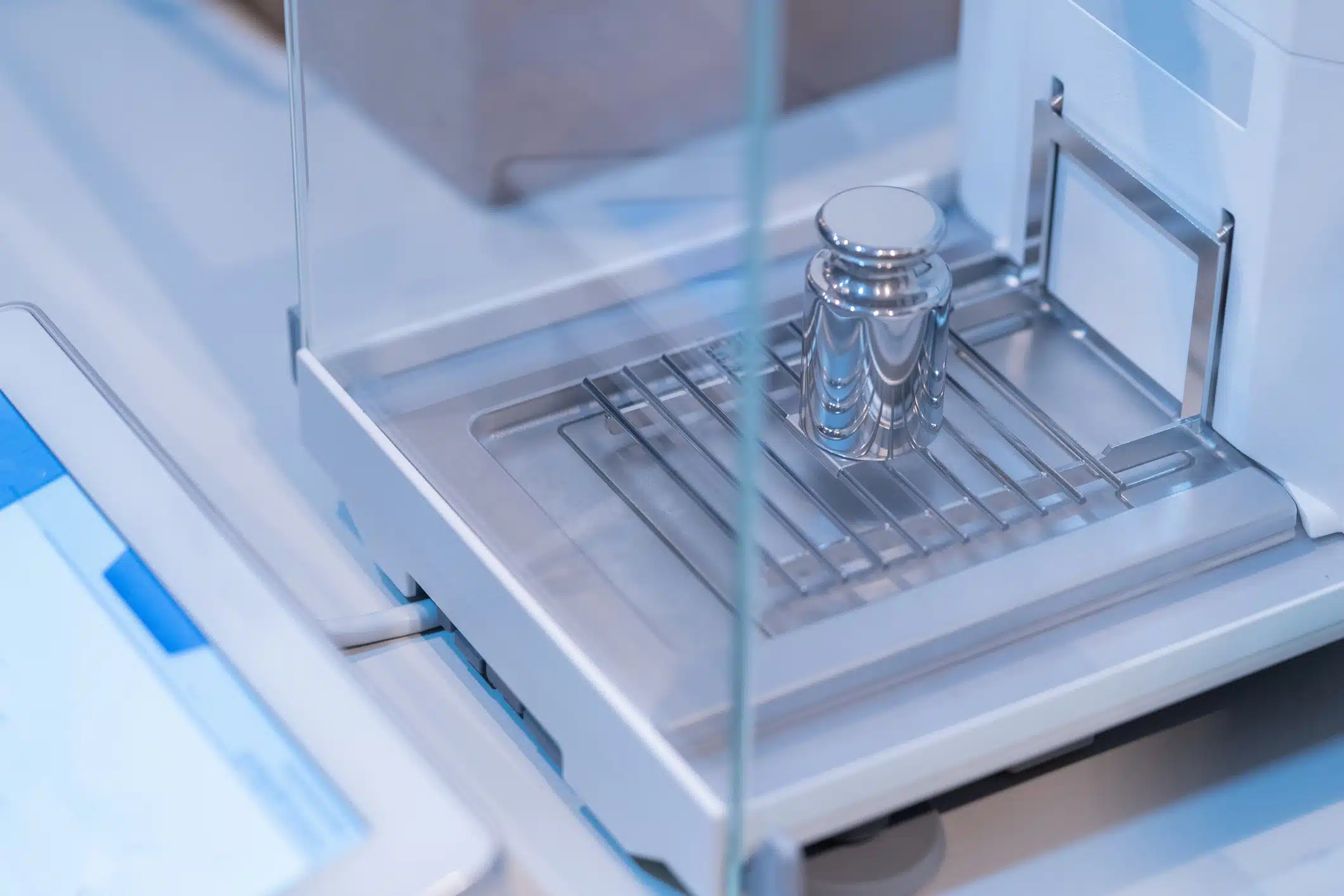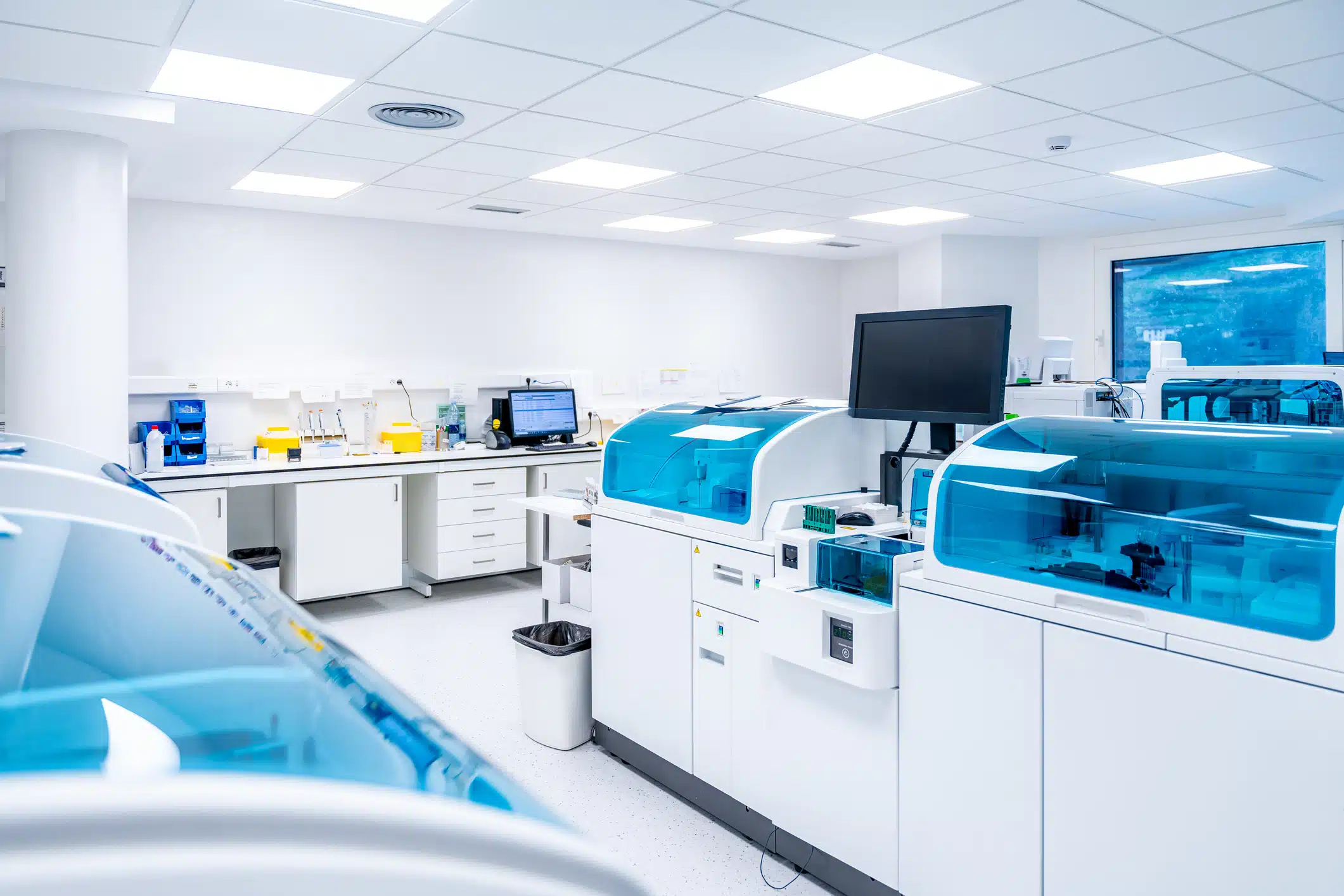Water purity is a cornerstone of lab operations, yet its importance is often underestimate until a system failure disrupts critical work. Whether in research, clinical diagnostics, or pharmaceutical production, laboratories rely on purified water to maintain the accuracy of experiments, protect sensitive instruments, and comply with industry standards. Without proper maintenance, water purification systems can become compromised, leading to costly downtime, unreliable results, and increased operational costs. Understanding how these systems function and the risks associated with delayed maintenance is essential for ensuring smooth, uninterrupted research.
Understanding Laboratory Water Purification Systems
Water purity is a fundamental requirement in laboratories, upholding the accuracy of experiments, protecting sensitive instruments, and maintaining regulatory compliance. These water purification systems are designed to remove a range of contaminants, including ions, organic compounds, particulates, bacteria, pyrogens, and dissolved gas.
These systems use multiple purification techniques, often in combination, to achieve high-purity water:
- Reverse Osmosis (RO): Uses pressure to push water through a semi-permeable membrane, effectively removing dissolved salts, bacteria, and organic molecules.
- Deionization (DI): Employs ion-exchange resins to replace unwanted ions with hydrogen and hydroxide.
- Ultrafiltration: Removes high-molecular-weight contaminants, including viruses and endotoxins, by passing water through specialized membranes
- UV Purification: Destroys bacteria and disrupts organic molecules using ultraviolet radiation.
Each method contributes to achieving specific purity levels required for applications such as reagent preparation, sample dilution, and analytical procedures.
Why Water Purification Systems are Critical in Labs
Contaminated water can introduce impurities that affect chemical reactions, cause background interference in spectrometry, or lead to cell culture contamination. Impurities not only compromise research integrity but can also damage expensive laboratory equipment by promoting scale buildup or microbial growth.
In clinical laboratories, impure water can alter diagnostic test results, affecting patient care and treatment decisions. Additionally, poor water quality increases maintenance requirements, leading to more frequent servicing, more lab downtime, and higher operational costs.
The Cost of Water Purification Downtime
When a laboratory water purification system malfunctions, the consequences extend well beyond inconvenience. Even short periods of downtime can have significant impacts:
- Delays in Research and Testing: Critical experiments, diagnostics, and sample analyses may be postponed, disrupting workflows.
- Increased Equipment Wear: Contaminated water can accelerate the degradation of lab instruments, leading to costly repairs or replacements.
- Regulatory and Compliance Risks: Most procedures must adhere to strict water quality standards. Equipment failure can lead to non-compliance with industry regulations.
MarathonLS: Fast, Reliable Water Purification Repairs
Minimizing downtime is essential for maintaining your lab’s efficiency. MarathonLS specializes in servicing and repairing a wide range of laboratory equipment, including water purification systems. By offering , MarathonLS also helps laboratories avoid unexpected failures, ensuring uninterrupted workflows and data integrity. Between an industry-leading response rate and an expert field service team, MarathonLS helps laboratories get back to their full operational capacity quickly.
In Conclusion
Water purification systems are an essential component to any laboratory operation. Regular maintenance is not just about preventing breakdowns – it is about maintaining research accuracy, prolonging equipment lifespan, and saving costs associated with emergency repairs.
Partnering with a trusted service provider like MarathonLS guarantees optimal performance, reducing the risks associated with equipment failures. By investing in professional maintenance and repair services, laboratories can continue their mission of innovation, without unnecessary interruptions.




